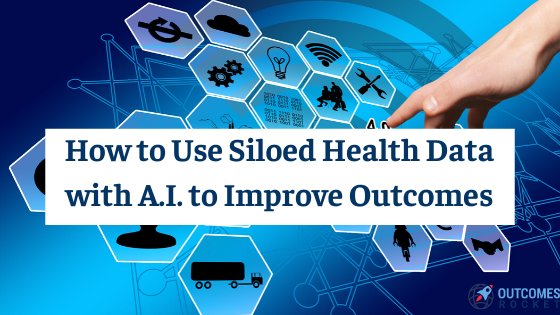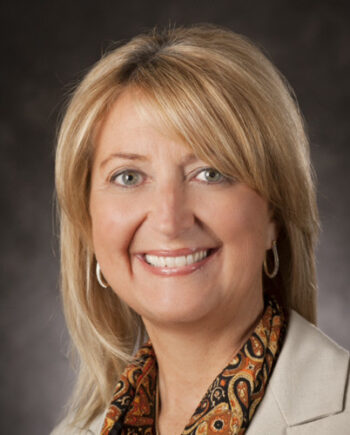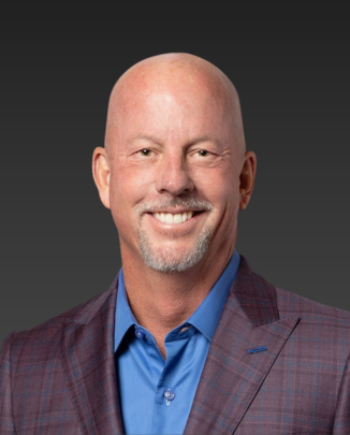
We’ve seen hundreds of technological advances in different industries. We’ve sent rovers to Mars and Venus. We can easily converse with a friend or colleague in real-time halfway around the world. We live on a couple of plastic cards and ATMs. We can transfer money online. We can see everything that’s going on in our home, even control the temperature when we are at work or vacation.
Despite all these advances, our healthcare system is still struggling in terms of communication and interoperability. Why is the exchange of health information so difficult when it can be done with ease in financial information?
One reason there is still a struggle in healthcare is because this system is riddled with siloes. As a result, there is division among departments, the delivery of care needs much improvement, there’s low patient satisfaction, and burnout is common among primary care providers.
Because the system is siloed, so is care we provide.
One case in point is a story published by the Harvard Business Review in July of this year.
The article shares the story of Bonnie, a 65-old patient who is on dialysis for five years already. Bonnie suffers from end-stage renal disease (ESRD). She also has low blood pressure which complicates the dialysis and ingests a lot of salt which causes weight gain between treatments.
Bonnie often wakes up out of breath and ends up in the emergency department. But the emergency department and dialysis unit don’t have a shared electronic record, and on discharge, there is little communication between the two sites about her care.
Nor is there communication between the dialysis unit and her primary care doctor (PCP). When she’s hospitalized, her medications are sometimes changed, but that critical information often doesn’t get back to her many providers. Bonnie is hoping for a kidney transplant, but she doesn’t know where to start, and she has yet to undergo an evaluation to see if she’s eligible.
(You can read more of the story here.)
This siloed reality among different health departments has serious consequences for patients like Bonni. It prevents them from getting the best care and support they could be getting. Instead, patients get support from a patchwork of health providers at different sites which often don’t communicate, which leads to gaps and missed opportunities to assist or intervene before serious problems arise. Bad outcomes. Higher costs. The domino effect runs on repeat again.
The same challenges that come with siloed data affect payers, providers, pharma, public health and other organizations seeking to make broad level improvements to healthcare.
One of the best ways we can combat the siloed nature of healthcare is by leveraging the power of technology. Yes, there are plenty of technological innovations in all fields of healthcare, but one advancement that can highly impact all patients and the quality of care they receive is by taking a step away from traditional pathways and assumptions and a step toward bridging gaps through communication across the care continuum.
In the past, healthcare providers maintain information silos, resulting in poor business processes and inefficient patient care. Today, in the age of information technology, health providers are encouraged to share information. Increasing health data transparency is important in creating a patient-centered data ecosystem and building a stronger healthcare ecosystem.
This is more easily done with the help of healthcare data platforms like Clarify Health Solutions. Founded by Jean Drouin, Clarify aims to power more personalized, accessible and effective care by delivering actionable insights from all of the world’s patient-level data. This healthcare analytics platform addresses issues that impact healthcare providers, payers, and life science organizations by providing actionable insights to optimize patient care, manage risk, and accelerate time-to-market for therapies and devices.
Clarify Health was deliberately created with three core elements — healthcare leadership and operating experience, Silicon Valley big data software engineering, and cutting-edge data science — and backed by an engineering team that built the platform that used by banks, trades, and internet retailers. This company’s advanced technological techniques allow for a more targeted usage of machine learning and AI to deliver effective and actionable insights for patients.
In my Podcast interview with Kara Dennis, SVP and GM, Life Sciences at Clarify Health Solutions, she brought fresh insight to one of Clarify Health’s core capabilities.
“I think there’s enormous potential for better understanding social determinants of health data and by that I mean I think data that we can gather …associated with an individual has a medical condition but data on lifestyle, nutrition, whether the individual lives with other people at home, engagement with community, more basic kind of socio-demographic elements, those kinds of things have real potential for only helping understand disease and helping identify potential interventions but as artificial intelligence tools and capability that are built up across the health care system. Those elements, the social determinants element help with the predictive power of models that are built-in AI tools that are trained”, Dennis said.
She also mentioned that being mindful that social determinant elements play a crucial role in patient safety. She explained, “I think one of the things I just mentioned which are the social determinants elements are very powerful in our work for risk stratification of patients. So that’s one core capability to Clarify — to get to a very sensitive and precise assessment of the risk of patient populations or individual patients. And then also as we make predictions about a journey of care, which is another key element of what we do on a daily basis they make predictions about a clinical pathway a series of steps that a patient will go through either part of course of their disease or a specific episode. And the power of our predictions is greatly strengthened with this type of data.”
Clarify Health Solution is breaking down the barriers by making data accessible, understandable and actionable. It links clinical, claims, prescription, lab, and social determinants of over 250 million Americans, while it’s industry-leading analytical platform applies machine learning and AI to process and harness the power of the continuously growing data.
Clarify offers several solutions.
Therapy Intelligence Solution is designed for healthcare facilities and provides companies with a detailed and segmented view of the market, including information about patient population, therapies, patient journey economics, and other key market dynamics.
In addition, Clarify’s predictive data and scalable insights can also be used to gain market access, for the medical team to gather comprehensive information about patients, and to communicate benefits to payers and providers.
A while ago, we talked about breaking down barriers and silos. Clarify’s clinically-integrated platform is bringing down barriers and silos while gathering crucial information and providing strategic insights for its consumers, thus optimizing health outcomes for better value-driven care.
—
To learn more about Clarify Health Solutions, visit its website at https://www.clarifyhealth.com/.
For more interesting and thought-provoking insights by leaders in the health niche, visit https://outcomesrocket.health/ or listen to our podcasts at https://podcasts.apple.com/us/podcast/outcomes-rocket/id1246067757.
According to the 2020 Centers for Disease Control and Prevention report, roughly 34.2 million Americans have diabetes,...
Read MoreAs a farmer, Rod was used to long days. He worked 18 hours a day, 7 days...
Read MoreWith investors receiving hundreds of pitch decks every year, how do you create a compelling presentation that...
Read More
Brittany Busse Co-Founder, President, and Chief Medical Officer at
ViTelHealth


Stephen Thorne Founder and CEO at
Pacific Dental Services

Keith Carlson Nurse Career Coach